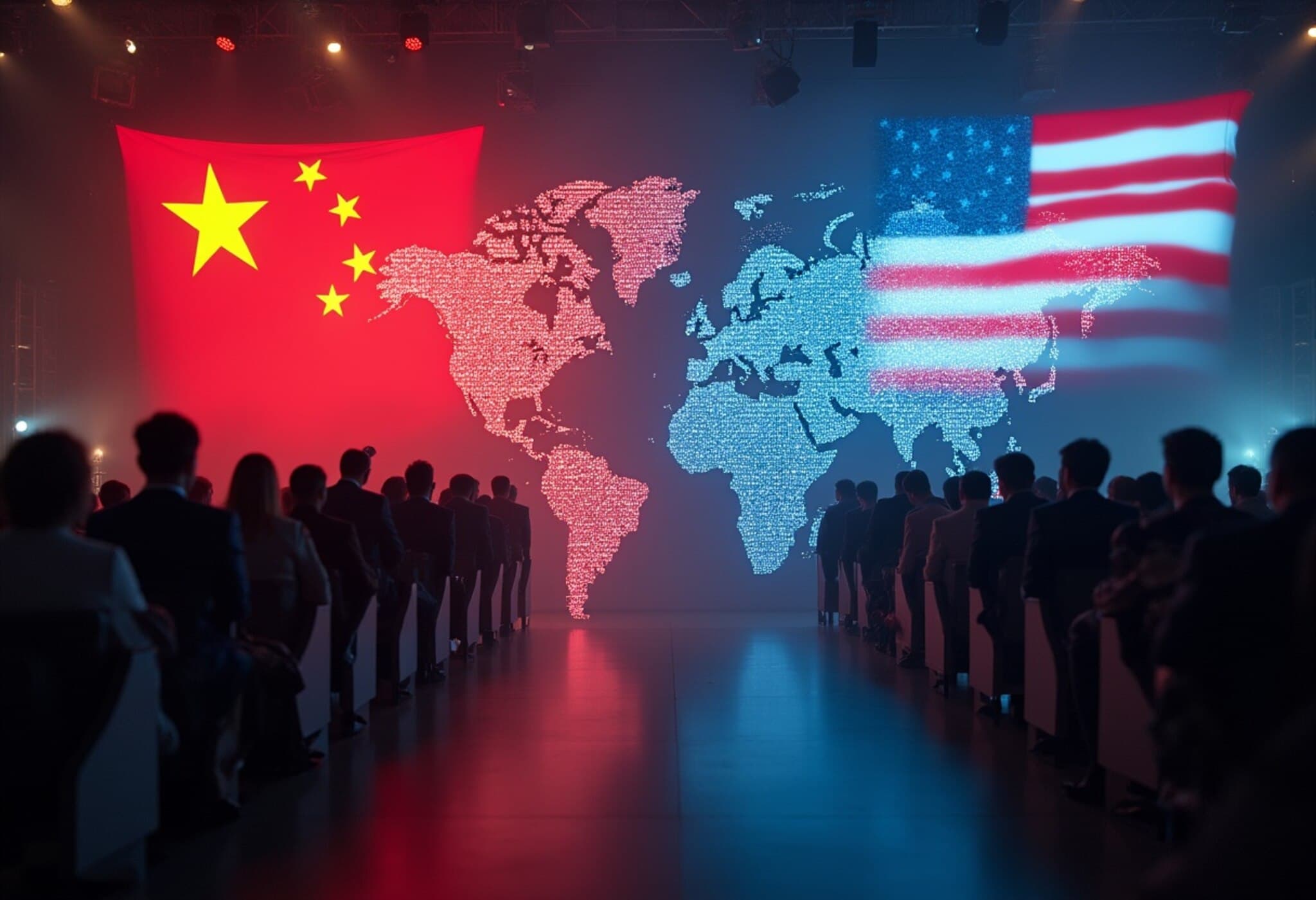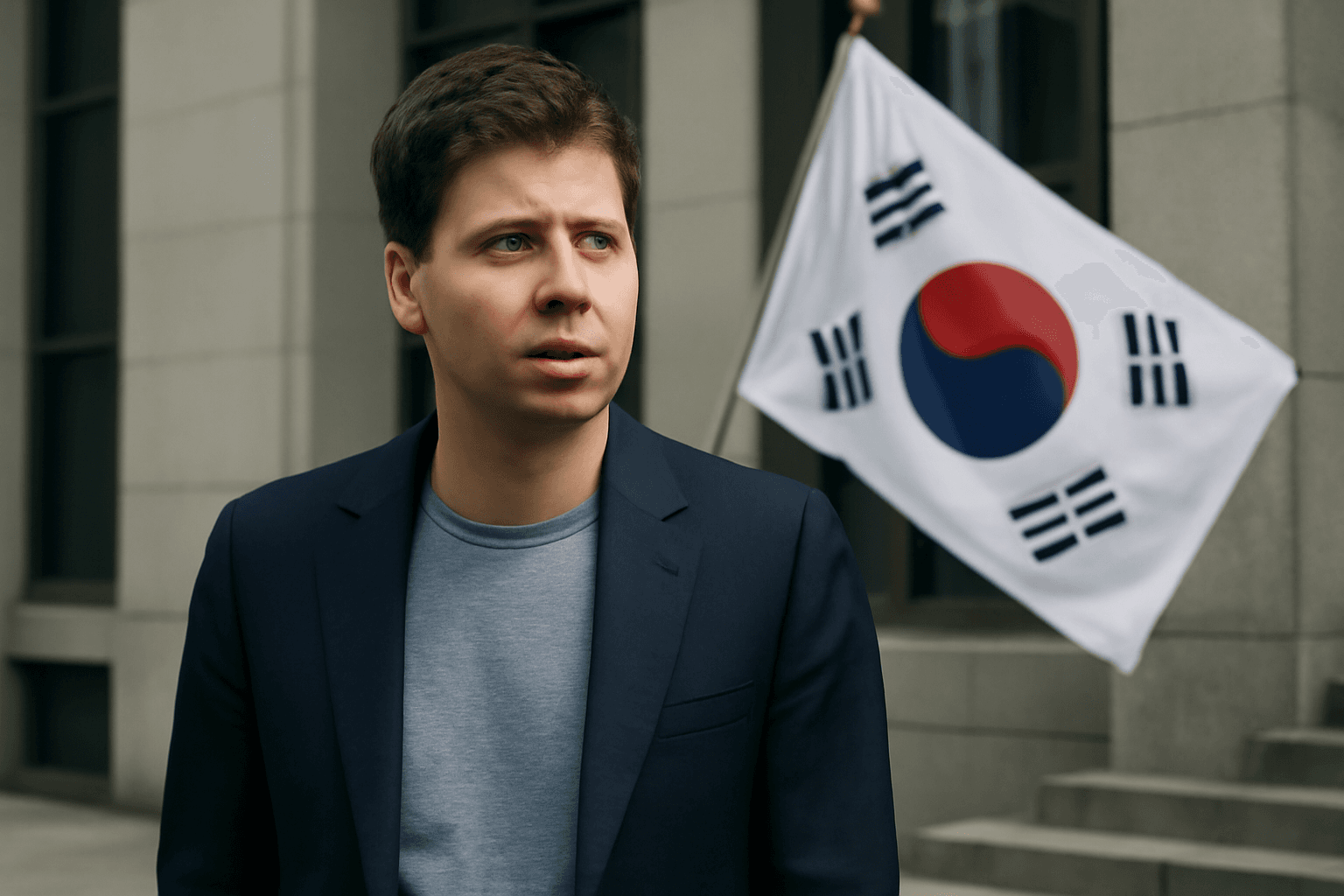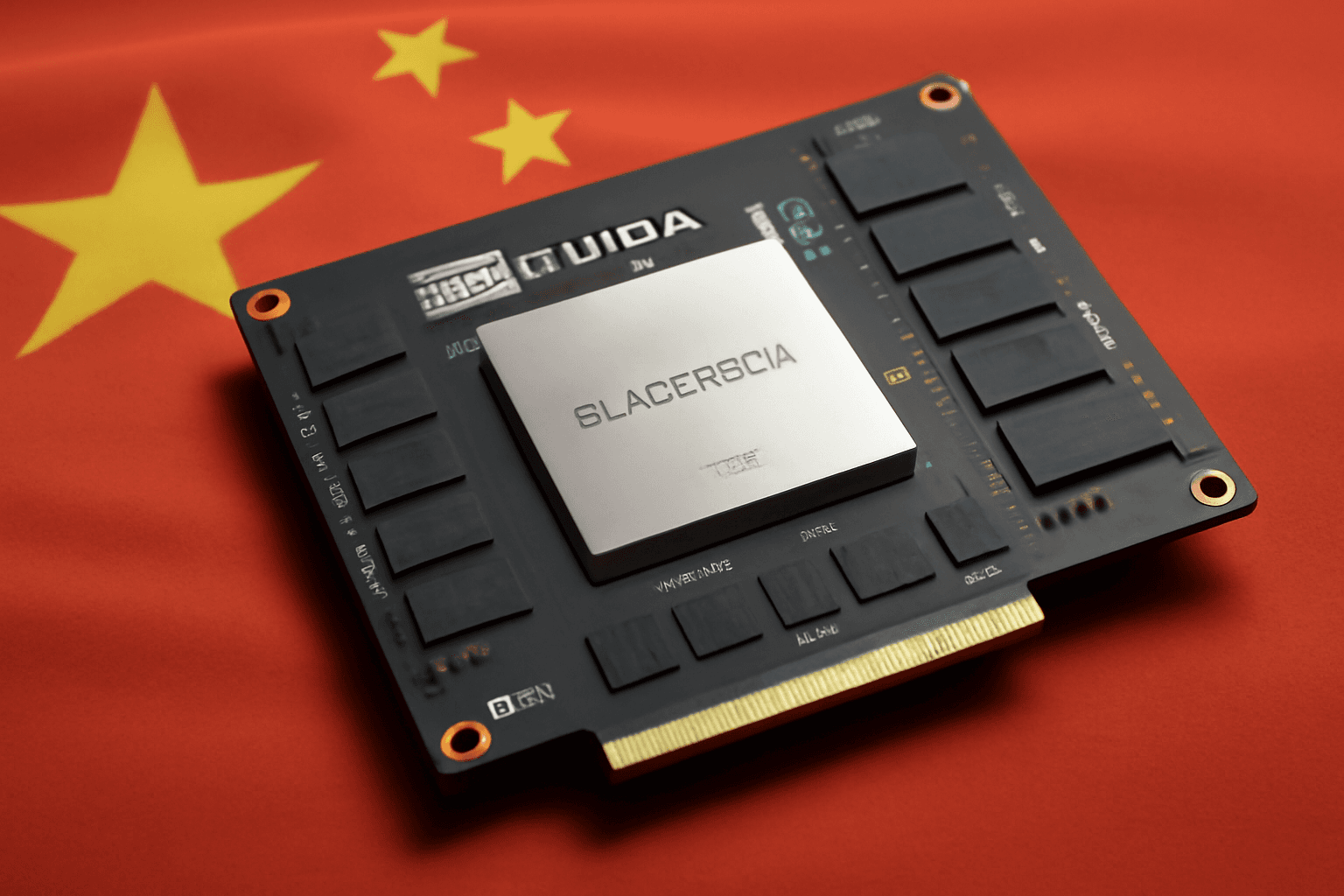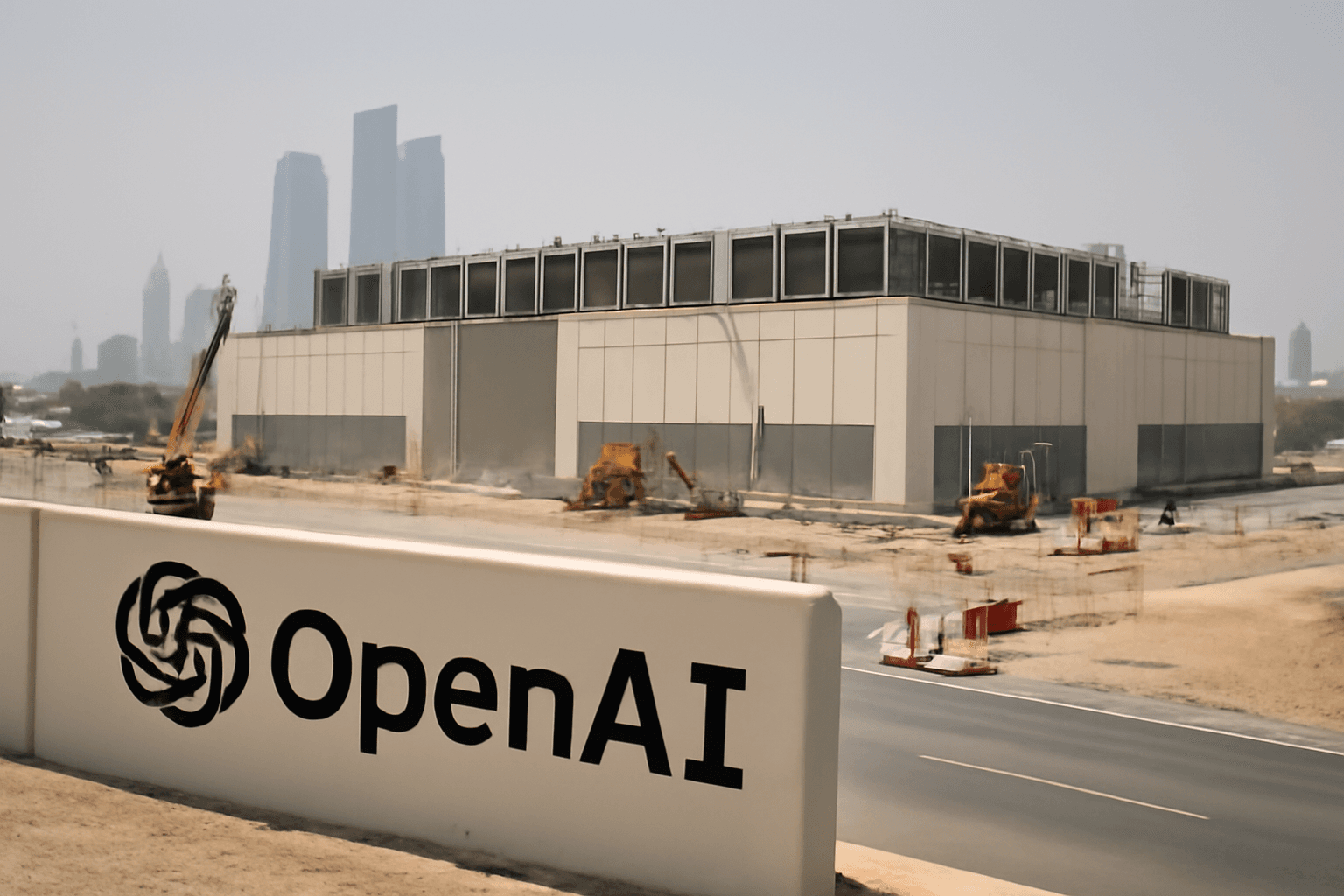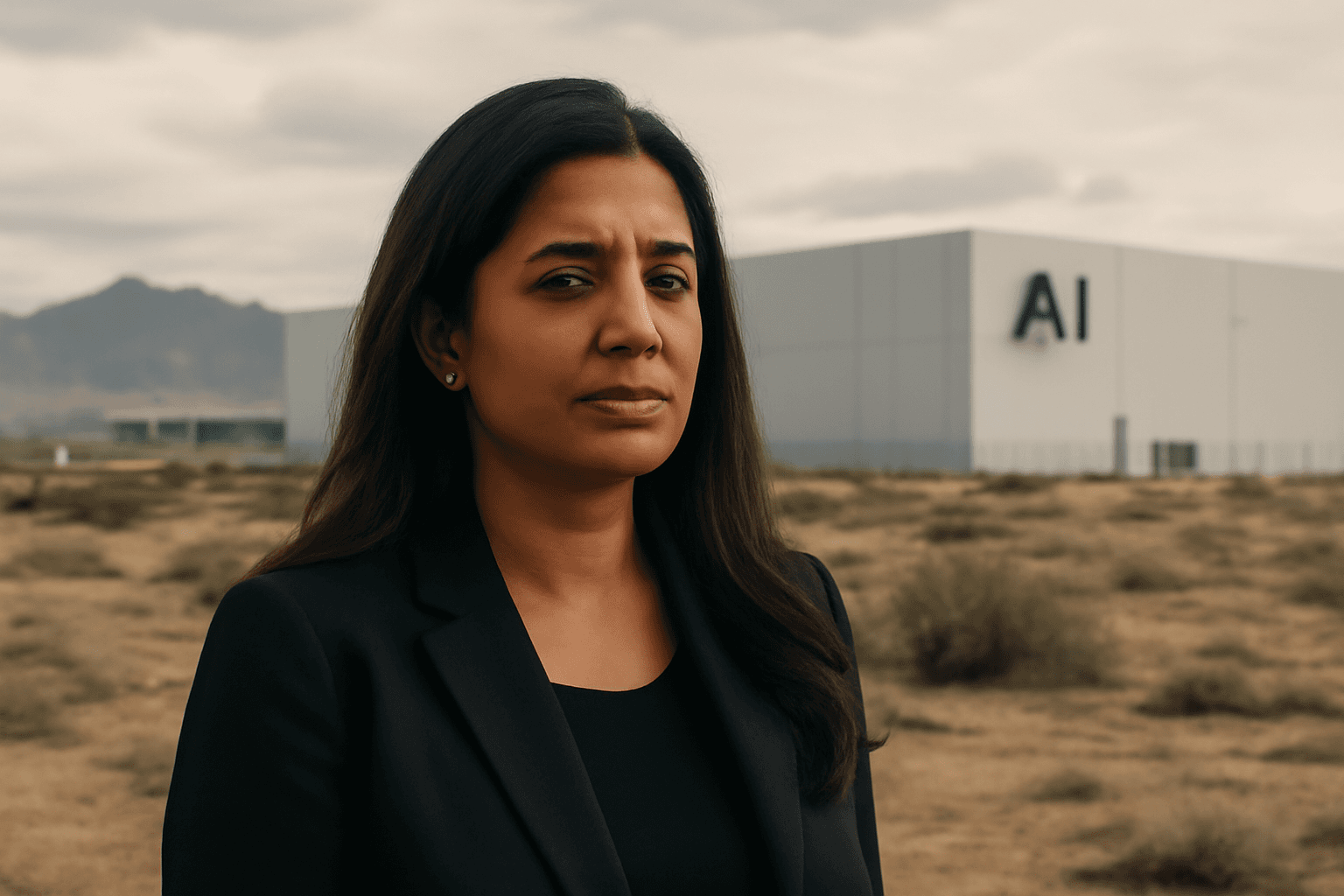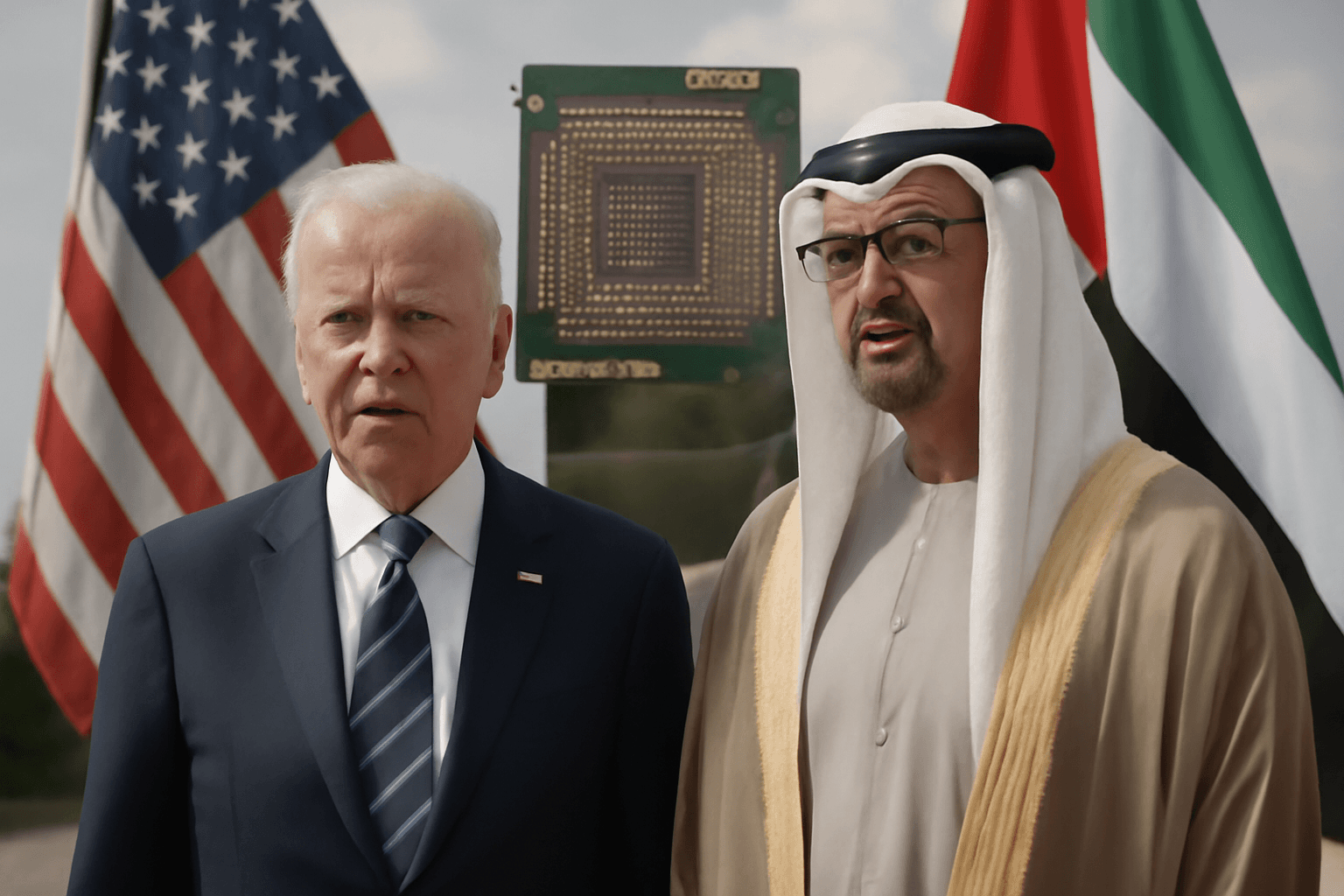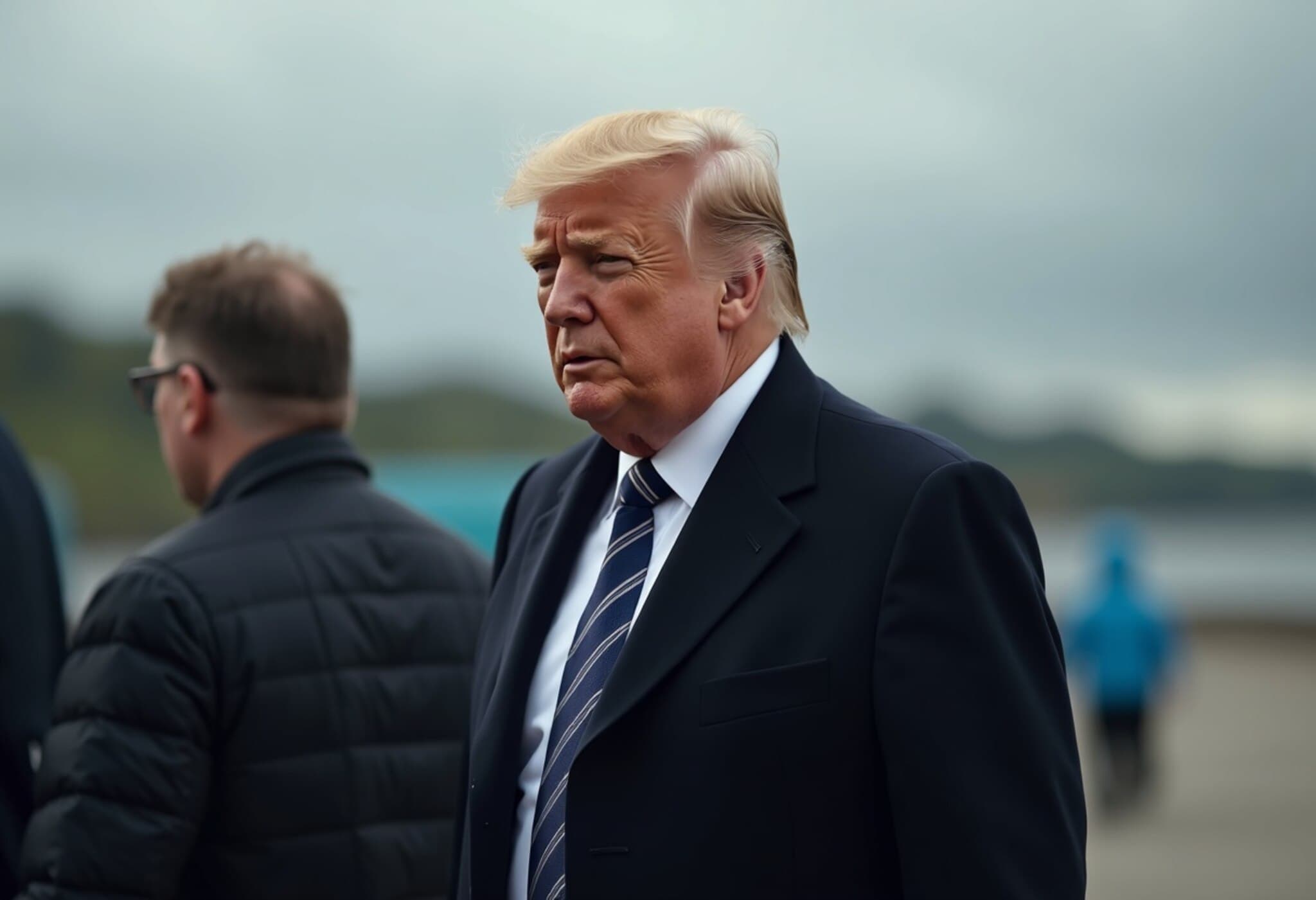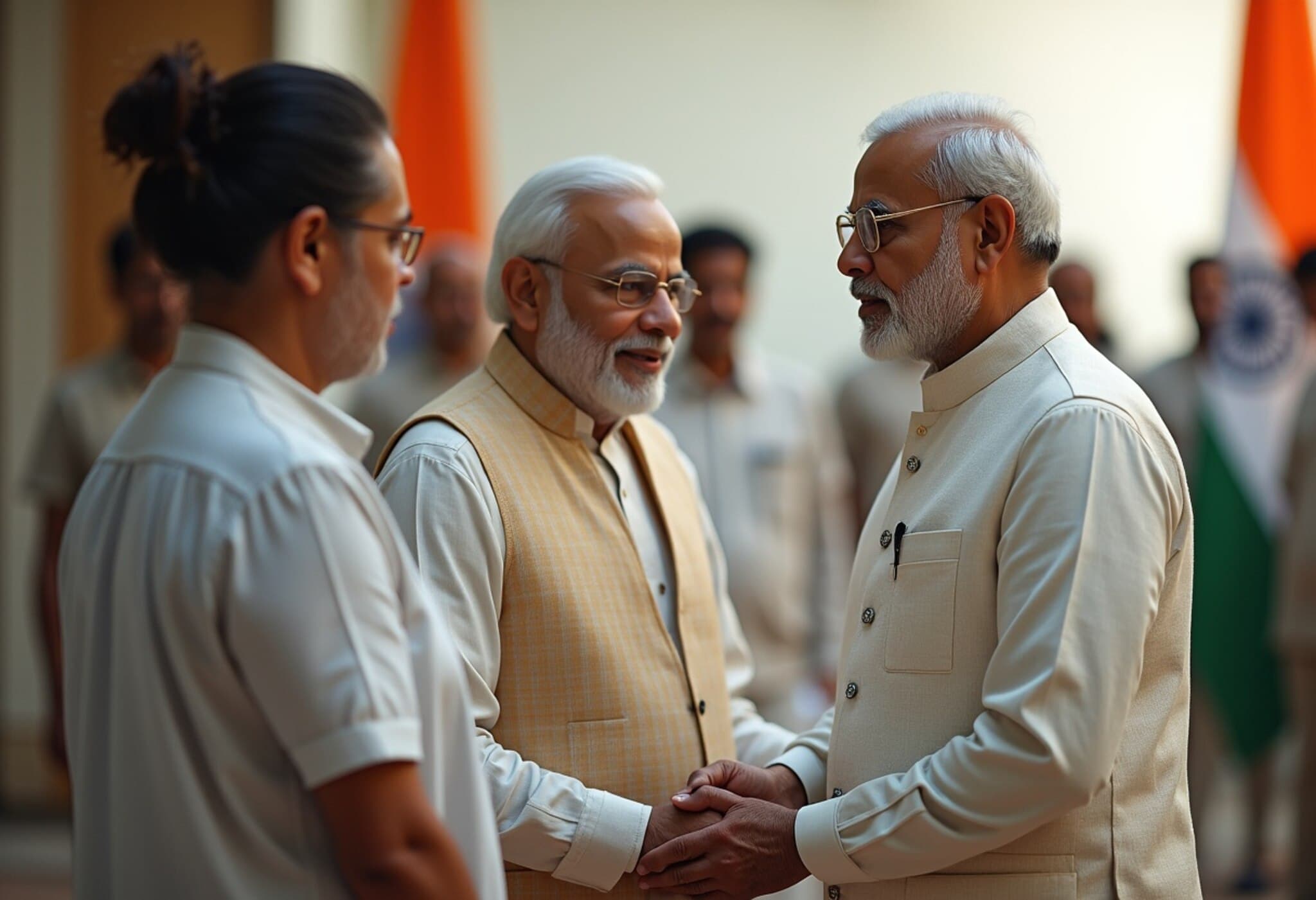China Launches Ambitious Global AI Plan at World Artificial Intelligence Conference
In a clear signal of intensifying competition in the artificial intelligence arena, China unveiled a comprehensive global action plan for AI development and regulation during the World Artificial Intelligence Conference (WAIC) held in Shanghai on July 26, 2025. Premier Li Qiang, delivering the keynote address, emphasized the need for international collaboration via a proposed global AI cooperation organization aimed to harmonize technological advancements and regulatory frameworks.
A Tale of Two AI Strategies: Cooperation vs. Competition
This announcement intriguingly comes just days after the United States introduced its own AI action plan, which stresses reducing bias in AI models and bolstering innovation ecosystems. The contrast couldn’t be starker. While China advocates for a multilateral, cooperative approach, the U.S. appears to be consolidating like-minded allies—including Japan and Australia—to counterbalance China’s rise in AI dominance.
George Chen, partner at the Asia Group and co-chair of its digital practice, offers critical insight: "The global AI landscape is crystallizing into two distinct camps. China seeks to draw in countries aligned with its Belt and Road Initiative, especially developing economies, whereas the U.S. is aligning with established economic partners who share its values and strategic concerns." This bifurcation highlights deeper geopolitical and economic undercurrents shaping AI governance worldwide.
China’s “AI Plus” Vision: A Catalyst for Emerging Economies?
Premier Li outlined China’s “AI Plus” initiative, which targets the integration of artificial intelligence across diverse industries—from manufacturing to healthcare—to foster economic modernization. Notably, the Chinese government underscored its willingness to assist less developed countries in adopting AI technology, positioning itself as a leader beyond traditional Western spheres of influence.
This strategy poses thought-provoking questions about technology as a diplomatic tool: Will China’s AI development translate into increased soft power among developing nations? Could this reshape global tech dependencies? The answers remain in flux but are vital for policymakers and industry leaders alike.
Technology and Trade: The Semiconductor Battlefield
The conference also highlighted ongoing tensions in semiconductor access, a critical bottleneck in AI advancement. Since 2022, the U.S. has imposed restrictions limiting China’s ability to procure advanced chips necessary for powerful AI model training. However, recent adjustments allowed U.S. chipmaker Micron to resume shipments of less advanced memory chips after a temporary halt.
Meanwhile, China has accelerated innovation in indigenous chip technologies. Nvidia CEO Jensen Huang, during his third visit to China in 2025, acknowledged these efforts as “formidable,” signaling a complex tech landscape where competition spurs rapid progress, but supply chain frictions persist.
Bridging East and West: Eric Schmidt’s Shanghai Meetings
Adding an intriguing dimension to the conference, former Google CEO Eric Schmidt met with Shanghai Party Secretary Chen Jining shortly before the event. While specifics were not disclosed, Schmidt’s presence hints at ongoing dialogues between Western tech leaders and Chinese officials amid a charged geopolitical atmosphere.
Will such high-profile exchanges lead to greater understanding, or do they mask deeper strategic divides? Observers will watch closely as AI continues to evolve not just as a technology, but as a geopolitical asset.
What This Means for the Global AI Race
- Geopolitical Stakes: AI is no longer just a technological frontier; it is a critical axis of global power competition.
- Diverging Governance Models: China promotes a broad, inclusive multilateral AI framework, while the U.S. builds specialized coalitions emphasizing shared democratic values and tech standards.
- Economic Impact: Emerging economies may face a choice between competing AI ecosystems, which could affect their developmental trajectories.
- Industry Implications: Supply chain controls and homegrown innovations will shape tech firms’ strategies and collaborations worldwide.
Editor’s Note
This unfolding AI rivalry underscores how technology is deeply intertwined with international relations and economic development. While China's cooperative rhetoric offers promise to developing nations, the U.S.'s tighter coalition model reflects broader strategic concerns about influence and security. Readers should watch how these competing visions manifest in real-world AI governance, industry dynamics, and global partnerships—shaping not only technological progress but also the world order for decades to come.

